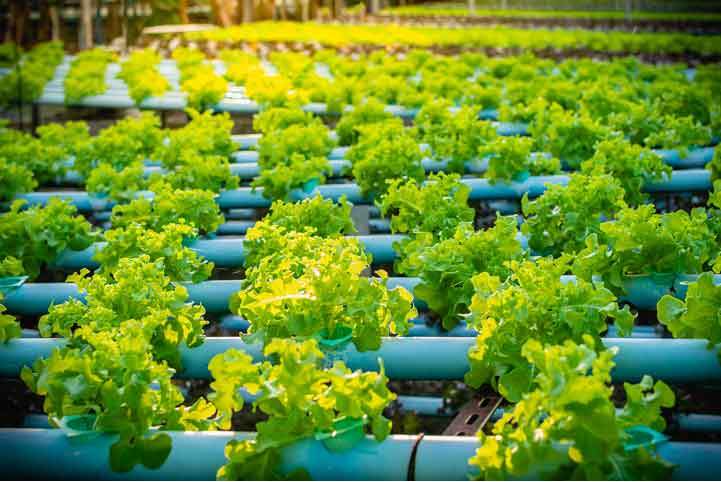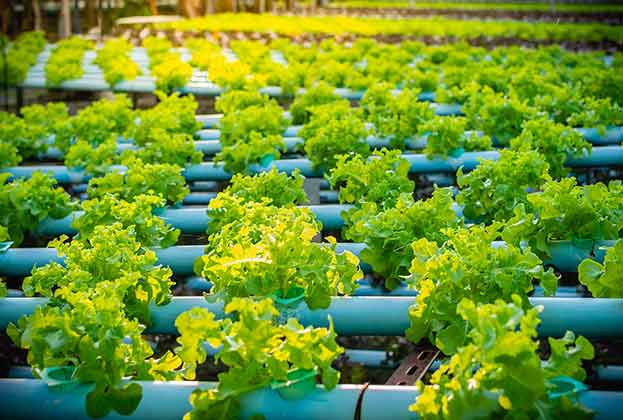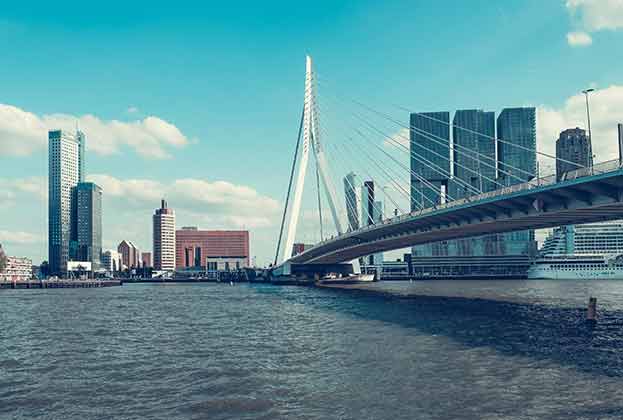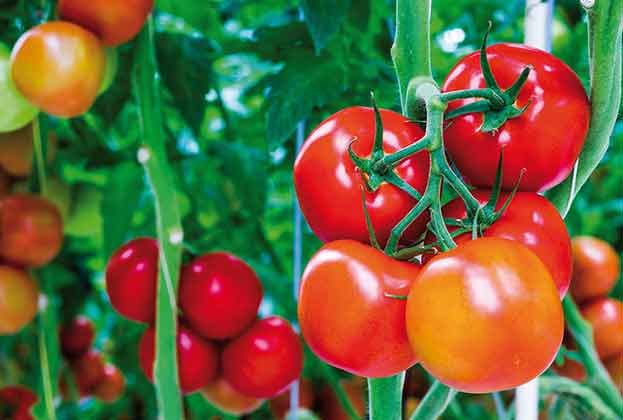Technological innovation and climate change are driving the market for controlled environment agriculture (CEA)
Technology is enabling a new generation of growing systems to become commercially viable. Growing plants indoors is not exactly a novel concept, but technological innovation has achieved both dramatic and continuing incremental improvements in growing efficiency that make artificial growing systems increasingly attractive to growers and investors alike.
More than £56 billion has been invested globally in agritech since 2012, but Savills is predicting that the 2020s is the decade when 'agritecture' will become mainstream.

Market evolution
There are a series of external factors that are combining to drive interest in CEA systems in the UK.
High labour costs are common in field work for delicate and perishable fresh horticulture, with this type of work coming under increasing pressure from labour shortages. Climatic disruption has recently highlighted how exposed UK fresh produce supply chains are to just-in-time imports, and high levels of waste are becoming an increasing policy and resource concern, as well as being a drag on productivity. Increasing focus on resource efficiency in inputs and wastage creates greater demand for the ultimate precision growing systems. Technological innovation in CEA is the result.
Reliance on imports
Domestic production of fruit and vegetables has almost doubled in the UK since 2000. But national consumption has increased by 138% in the same period, meaning imports have been forced to compensate with a 164% increase. While exports have almost quadrupled, the UK only produces around a quarter of its fresh produce needs, meaning there is still an enormous trade imbalance to target. As recent events have indicated, heavy reliance on imports is an increasingly significant risk to UK supply chains.
On-shoring supply chains is one solution to help mitigate this risk. Supply chains source fresh produce from other countries to meet consumer demand for non-seasonal supply, while contributing a nutritional advantage in ensuring the year round availability of fruits, salads and vegetables.
However, increasing domestic production of such produce through CEA systems has the potential to mitigate some of the UK’s food security risk, while respecting the water security status of the exporting countries at the same time.
Controlling ambient conditions and often operating in sterilised environments results in yields being optimised and processing costs reduced. This level of control means that risks from climatic variation and the effects of freak events such as the 2018 heatwave, are minimised or even completely eliminated.
Improving domestic production also reduces the UK’s exposure to trading risks. With the “expected time between disasters” reducing, corporates are increasingly looking to mitigate their exposure to supply chain disruption. By growing more food on a reduced land area through vertical farming, buyers can mitigate some of this risk. It also has the potential benefit for consumers of avoiding price fluctuations that occur from international events.
Pricing in the growing risk of non-supply and also factoring in the environmental damage caused by our fresh produce trading partners creates a clear advantage in on-shoring production. However, getting the right business case for investment in CEA systems remains crucial.
Read the articles within Spotlight: Controlled Environment Agriculture below.
.jpg)



